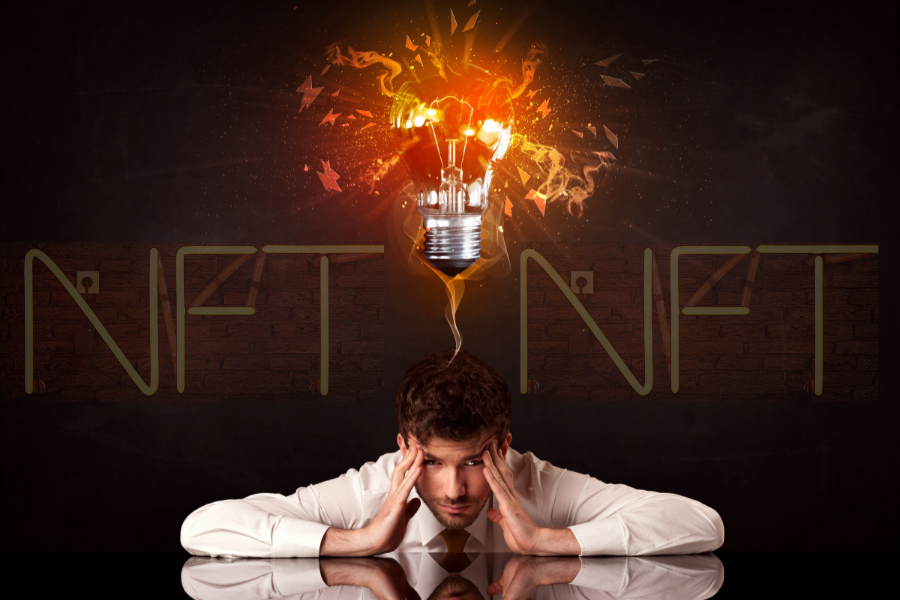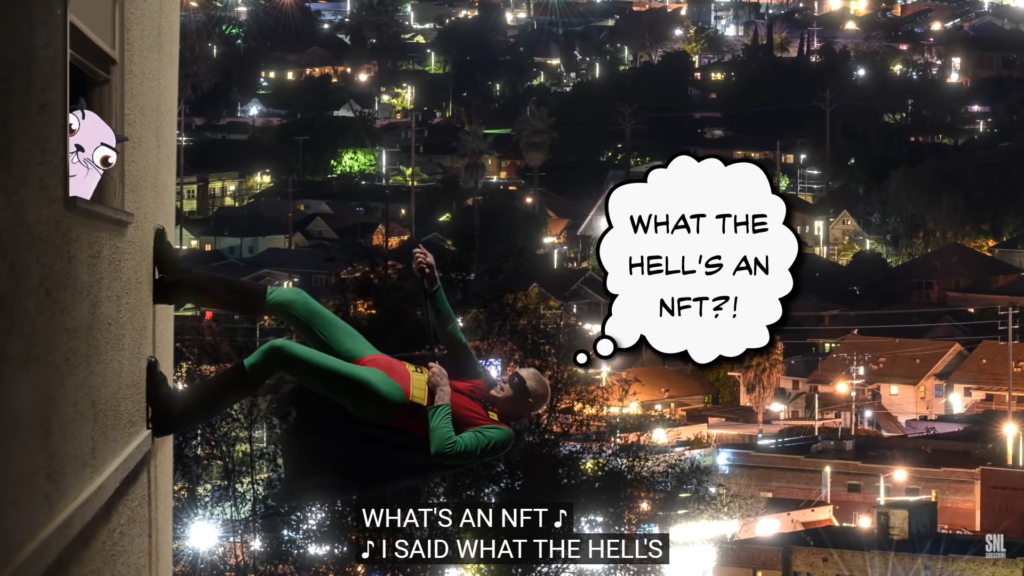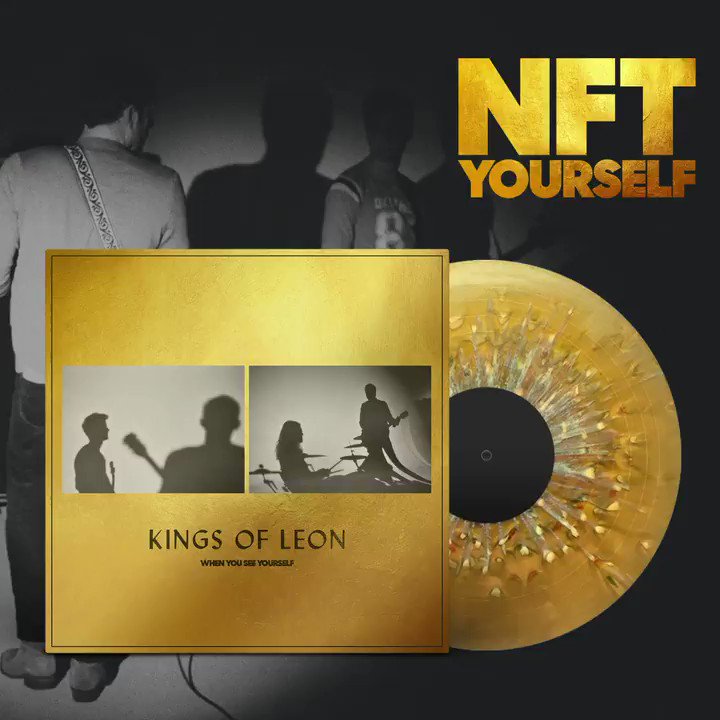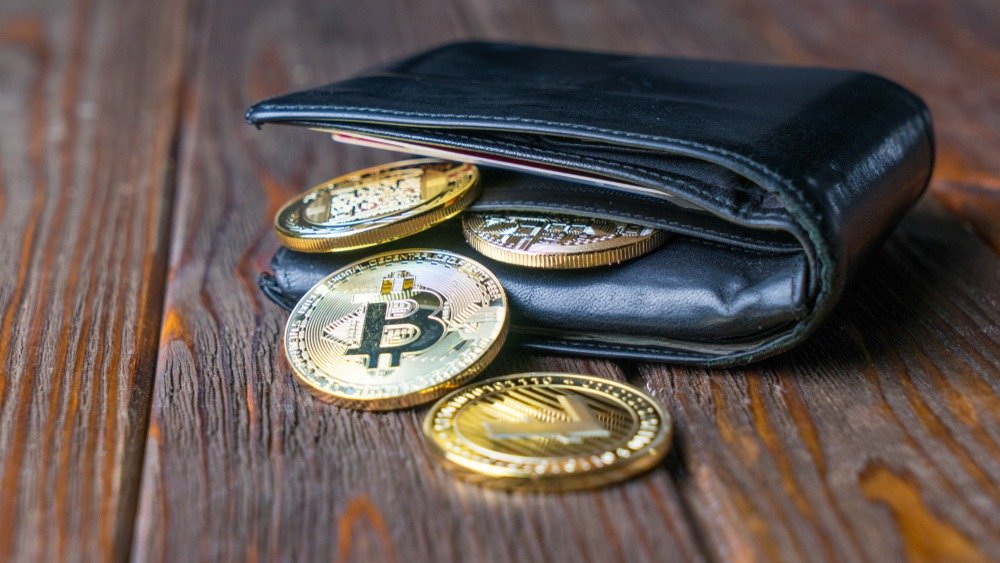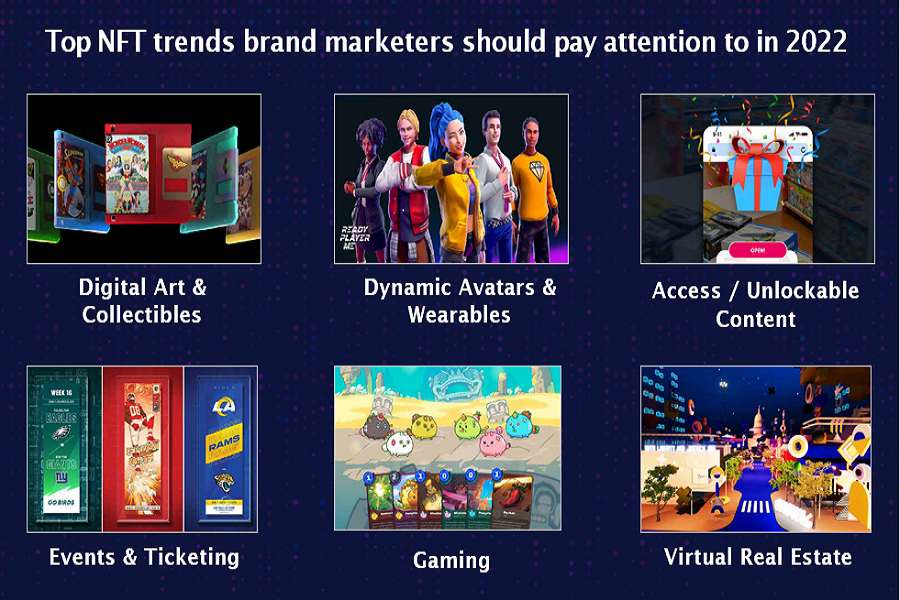March 1, 2022
There have been nearly $2.5B in NFT sales since the start of 2021, and at the same time, $2B was invested into NFT projects and protocols over the past several months. In addition, NFTs are emerging into the event space. Celebrities, influencers, artists, and big brands have been flocking to the NFT world. The NFT market is shifting rapidly, so let’s look at how this technology may disrupt the industry.
What is an NFT?
SNL does a funny sketch breakdown explaining what NFTs are:
NFTs, or non-fungible tokens, are a type of cryptocurrency that represent unique items or experiences that cannot be replaced. They are built using cryptocurrency blockchains, specifically those that support smart contracts, such as Ethereum, Solana, or PolkaDot
Blockchains are databases that allow users to transact seamlessly and credibly, meaning that you do not need a centralized party to act as an intermediary. Essentially, they automate contractual agreements. The innovation guarantees the fidelity and security of a data record and generates trust without a trusted third party. When engaging in large transactions, we are all used to using a notary public, title company, bank, or attorney as a trusted third party. Due to their security, blockchains eliminate the need for intermediaries depending on the transaction. Most NFTs are created on the Ethereum blockchain, though many other blockchains also issue them. While Ethereum is more widely adopted, it can carry heavier transaction fees to make NFTs.
NFTs can represent physical assets like art, rare bottles of wine, music, or even land – both in the real world and virtually. But they can also represent experiences through embedded utility. For example, imagine planning an event for a group of attendees. NFTs can provide exclusive access to the best parts of the event, such as a private dinner, a VIP section at the venue, or even a personal concert from a top performer.
What Makes NFTs Desirable?
One feature that makes NFTs desirable is that they are easy to make, and they can be programmed to have specific properties, or embedded utilities. For example, an artist can program the NFT to receive a fee anytime someone resells the NFT.
Embedded utilities are extremely attractive to brands who want to offer experiences to consumers at their events or through event sponsorships. Brands may also use NFTs to partner with artists to bring a unique digital experience to consumers.
In March of 2021, Kings of Leon released the first music album as an NFT, selling for $50 per album. They sold $2M worth of albums or 40,000 albums. Additionally, they released six “Golden Tickets” that gave the NFT holder four front row seats to any Kings of Leon tour in any city for life.
Imagine the possibilities that brands will have by offering NFTs with embedded utility!
Another desirable feature is that NFT ownership is provable on decentralized blockchains. When you sell an NFT, you create something that cannot be duplicated – it is a truly unique item and is immutable. There is only one copy of each token, so its ownership is traceable and provable. This means that if you sell or gift an event ticket, you will have a digital record of who owns that ticket, even if it has been transferred.
Selling or gifting NFTs does not require a ticketing website, notorious for imposing hefty fees. Selling an NFT on Ethereum, for example, is much less expensive than using a traditional ticketing platform and doesn’t require any extra effort beyond the creation of your NFT. This gives you more control over your costs – which means that you can keep everything else about your event the same while increasing the profit margin!
NFT CHALLENGES
The biggest challenge in implementing NFTs into an event is simply a lack of knowledge and adoption amongst consumers. This is early technology and will take some time before people feel comfortable implementing it into their technology routines.
Another challenge is the need for a compatible crypto wallet. To accept an NFT, a user must have a crypto wallet compatible with the blockchain with which the NFT was minted. As mentioned earlier, the most common blockchain used for creating NFTs today is Ethereum. To receive an NFT created with Ethereum, the user must have an Ethereum-compatible wallet. But not everyone uses Ethereum or has access to a compatible wallet. For this reason, it’s best to sell NFTs well in advance of your event, and to have clear directions and a compatible digital wallet connection available for those who may be new to the technology.
Examples of some popular crypto wallets are:
- Metamask
- Trust Wallet
- Coinbase
- Math Wallet
Each of these wallets have different compatibility features with blockchains and cryptocurrencies.
Another challenge for brands is that NFTs do not link to consumers’ identities or personal information. NFTs link to a public key – or wallet address. Creators do not get access to a user’s personal identifiable information. Instead, the user maintains ownership over that information, an attractive feature. On the other hand, brands have access to a network of hand-raisers specifically interested in the product, artwork, or experience being offered.
ATTENDEE VERIFICATION
As an event organizer, it can be challenging to verify that your guests show up and are the person intended for the event. This problem becomes even more complicated when guests can sell their tickets online to one another. While the solution to this problem may sound simple, it can be rather tricky in practice!
Luckily, there is another solution! You can use the public key given to your NFT when you minted it. Using a public key forms an unbreakable link between the physical ticket and each NFT, ensuring that no one can sell their physical seat to another person. Some platforms have an option to “require public key at purchase” for your event during its creation process. However, it’s important to note that some wallets may not be compatible with this feature. This verification method can be used for any event because it uses public information. The only thing to remember is to add the public key when creating your NFT – so if anyone wants to sell their ticket, they’ll have to do it before the event.
For instance, if you’re hosting an event on OpenSea, a peer-to-peer NFT marketplace, your event’s website can handle the verification! If you opt to check the “require public key at purchase” during creation, then there is nothing else that you need to do – you can go ahead and start verifying!
To verify events hosted on a website other than OpenSea, you’ll need to create your own way of verifying the ticket purchases. There are many ways to do this, but they all come down to adding the public key into publicly visible places by anyone who wants to purchase an NFT for your event. Metamask works well for this purpose! In the past, people have put it on their website, shared it on social platforms, put it in a group chat – you name it! So, it is very doable to sell or gift NFT tickets to your event!
WHAT ELSE CAN I DO WITH NFTs?
NFTs can be used for other types of transactions other than ticket sales. They’re especially great for rewards and raffles, too – because that’s essentially what they are: digital assets that you hand out in exchange for real goods or services. Here are some examples:
- Selling clothes at an NFT event
- Auctions for items that will be delivered to attendees after the fact (maybe a product, memorabilia, a car?)
- Rewards on your website or app that can only be redeemed by purchasing an asset. (Like your own in-game currency, or a “shop” to redeem items for someone else’s service)
The possibilities are endless! The key takeaway here is that NFTs can be used in any transaction that one might use an actual ticket because the only thing that has to happen to make them work is verifying intent.
HOW ARE TOP BRANDS USING NFTS?
Recognizable brands are leaping head-first into the ever-popularizing NFT market as ways to generate buzz, create awareness, and tap into an additional revenue source.
- The Macy’s Thanksgiving Day Parade is the world’s largest parade. To generate excitement in 2021, Macy’s auctioned off 10 NFTs based on Thanksgiving Day parade balloons, with proceeds going to the Make-A-Wish Foundation. The Happy Dragon balloon raised $310,000! While the auction is closed, the parade continues to live on long after it has ended at NFTs are still available for sale in the Sweet marketplace.
- Beginning February 23, the NBA started to auction one unique “All-Star VIP Pass NFT” for 30 consecutive days; each NFT represents one team on its NFT platform, NBA Top Shot. These NFTs offered embedded utility packages for five separate All-Star weekends, and NFT token owners received tickets to the games with added perks.
- Marriott Bonvoy released an exclusive NFT collection as part of the Art Basel Miami Beach 2021 modern art event. Marriott Bonvoy’s marketing campaign, “Power of Travel,” fueled the design of the NFTs. Several digital artists, including Erick Nicolay and JVY, contributed to the collaboration.
- At this year’s Super Bowl, every attendee received a free NFT from the NFL unique to their respective section, row, and seat. The NFL also released seven NFTs for purchase to pay tribute to the seven previous Super Bowl games held in Los Angeles. A new token dropped daily from February 6 to game day on February 13. The final NFT featured the artwork for this year’s ticket, designed by a local artist.
- For Valentine’s Day, Verizon asked, “What was your worst Valentine’s Gift?” From February 2-6th, people entered the “Token of Love” contest by tweeting a pic of their worst gift, tagging Verizon, and using the hashtag #MakeItUltra, a nod to the carrier’s 5G Ultra Wideband campaign. Eighteen winners will have their worst gift made into an NFT, viewable, and for resale on OpenSea.
WHAT’S NEXT
As more brands jump on the NFT bandwagon, we will see an emergence of the technology in the event space, starting with ticket sales and experiences. It won’t be long until consumers are buying branded skins for their avatars in the Metaverse, and additional NFT functionality offers more opportunities for pushing data and experiences to consumers. This technology is already disrupting the industry to boost social media following and promote campaigns. As a result, more and more brands are using NFTs in innovative ways to market new launches, promote milestones, or show support for a charity or movement.
In the trade show space specifically, NFTs could allow the owner access to the convention where your brand will be exhibiting. You could use them for games, contests, or charitable giving. Plus, they could be used for exclusive access to one-on-one Q&A sessions with brand representatives, customer service reps, or even well-known thought-leaders.
Yes, our minds are blown! But as greater adoption increases the value and utility of NFTs, the technology is positioned to take on a significant role in the event space and our daily lives.
Technology moves at the speed of light. We know it can be confusing and overwhelming. We’re here to simplify and clarify. TPG is immersed in tech and our vast experience with new technology and multimedia allows us to help you hone in on the right approach to attract and engage your target audience. Lets talk tech!
